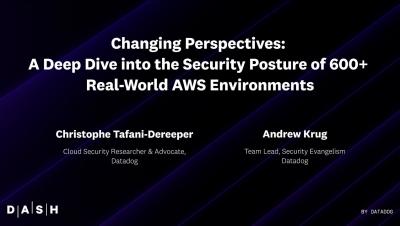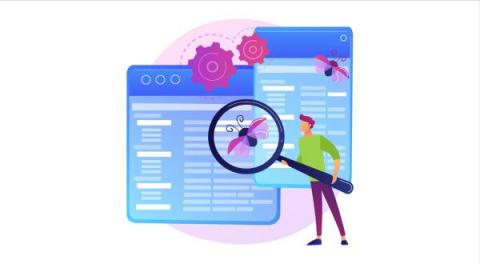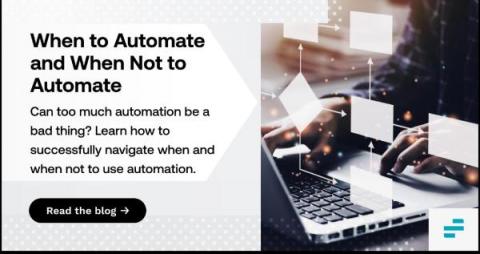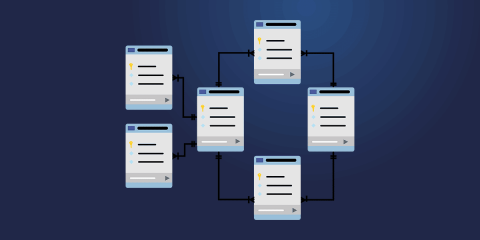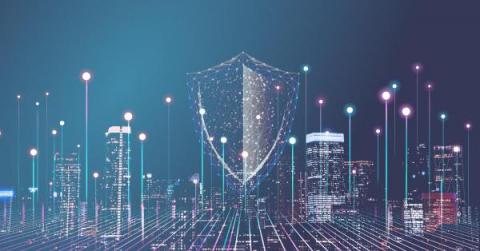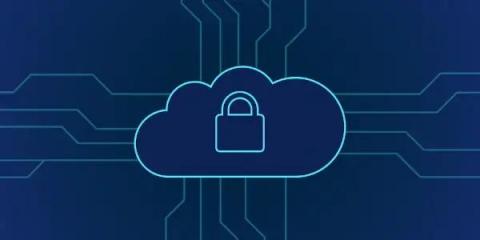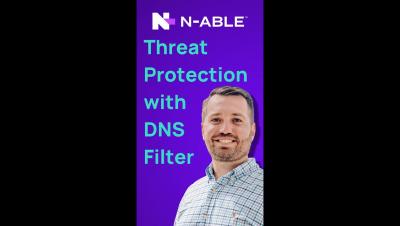Operations | Monitoring | ITSM | DevOps | Cloud
Security
The latest News and Information on CyberSecurity for Applications, Services and Infrastructure, and related technologies.
The most dangerous computer viruses in history
Here, in our beloved Pandora FMS blog, we have talked a big deal about computer risks. This does not mean of course that we consider ourselves to be faint-hearted or timid, but rather cautious heroes. And in order not to be alone in a battle against the evil that lurks around, today, continuing with this theme of terror and digital desolation, we bring you: some of the most dangerous computer viruses in human history!
How to Build an Automation Strategy and Roadmap
“If you fail to plan, you plan to fail,” said Benjamin Franklin. These words cannot be overstated in most business fields, especially when it comes to automation. Process automation has the potential to enhance operations in most organizations, but problems can emerge when they don’t plan and strategize around their automation objectives.
When to Automate and When Not to Automate
Everyone loves automation, and it can be easy to assume that the more you automate, the better. Indeed, falling short of achieving fully autonomous processes can feel like a defeat. If you don't automate completely, you're the one falling behind, right? Well, not exactly. Although automation is, in general, a good thing, there is such a thing as too much automation. And blindly striving to automate everything under the sun is not necessarily the best strategy. Instead, you should be strategic about what you do and don't automate.
Endpoint Security Management Definition & Examples
From harmful malware attacks to data breaches, there are many problems that will arise if you don’t manage your endpoints. As a matter of fact, a report on endpoint security by Expert Insights states, “68% of organizations have experienced one or more endpoint attacks that successfully compromised data and/or their IT infrastructure.” Protect your organization from threats by learning more about and implementing endpoint security management.
Ivanti Neurons for UEM
Modern Canadian MSSP drives next-gen MDR with Logz.io and Tines
Today’s Managed Security Service Providers (MSSPs) are trying to grow their business quickly, improving margins and onboarding customers with high-quality tool sets that scale with the business. This means reducing cost, improving onboarding time and building the next generation of Managed Detection and Response (MDR) to deal with threats that are increasing in volume and sophistication.
5 API Security Best Practices to Protect Sensitive Data
API is short for Application Programming Interface. The software-to-software interface provides a secure and standardized way for systems to work with each other. API security means implementing practices that protect APIs from malicious attacks and data theft. Thanks to APIs, applications can deliver the information or functionality requested without user intervention. This means our everyday digital experiences remain virtually effortless.
MSPs are the epicenter of supply chain threats
Gain visibility into manufacturing OT assets to reduce cyber risk
As manufacturing operational technology (OT) ecosystems grow more connected and complex, they become vulnerable to cyberattacks. In fact, the manufacturing sector was the most attacked industry in the world in 2021, according to IBM’s X-Force Threat Intelligence Index 2022. Manufacturing surpassed finance and insurance in the number of cyberattacks for the first time in five years. A large part of the industry’s vulnerability is due to a lack of visibility.


